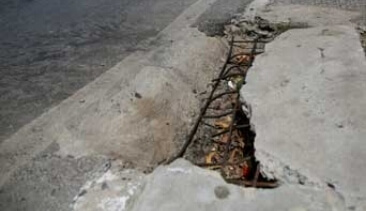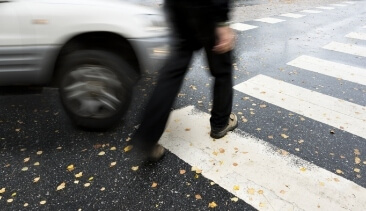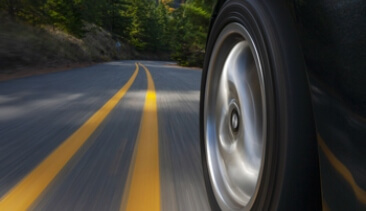If A Car Makes A Left Turn, Who Is Considered At-Fault If There Is An Accident?
Most Carlsbad drivers assume that if they get into an accident, the driver attempting to execute a left-hand turn always bears the blame. In many cases, this may be true, but there are exceptions in play in every incident. Left-hand turn crashes are difficult to investigate, and determining liability can also be challenging.
The law in California is clear that if you are going to be making a left-hand turn, you only have the right of way if you are approaching a flashing green left-turn arrow. If there is no arrow, you are required to yield to oncoming traffic. Left-hand turn accidents can be serious and fatal. Contact our personal injury lawyers in Carlsbad for a Free Consultation.
You must wait for all oncoming traffic to pass you, and/or any other vehicles heading in your direction must be far enough away for you to complete your left-hand turn. You must also yield the right of way to pedestrians and bicyclists crossing the street.
If the intersection does not have a designated arrow or does not have a traffic light, the same rules of the road apply – yield to all oncoming traffic and pedestrians, and turn only when it is safe.
Insurance companies automatically assume that because drivers attempting a left-hand turn rarely have the right of way, the driver trying to turn is at fault. This may not always be the case.
There are exceptions to the left-hand turn rule, and if one of the following exceptions applies in your case, you may only be deemed partially liable for the crash or not liable at all:
- You were certain you could execute the turn safely before the oncoming vehicle reached the intersection. However, the other driver was speeding and crashed into your vehicle.
- It was clear to go, but the oncoming car did not stop at a stop sign or stop for a red light. By not obeying traffic signs, the other driver caused your accident.
- The other motorist was driving under the influence of drugs or alcohol, driving distracted, driving while suspended or driving with a revoked license. Any of these findings could mean the other driver is partially at fault for the accident.
- You entered the intersection because it was clear and safe, but you suddenly had to stop or swerve to avoid something, resulting in an accident.
- The other driver did not yield when you had a green turn signal.
It is important to remember that California is a comparative liability state. That means finding fault for a crash may be proportional according to the deemed liability of each driver.
Other Carlsbad Car Accident FAQs:
- I Was Rear-Ended At A Parking Lot In Carlsbad; Who Is At Fault?
- If A Car Makes A Left Turn, Who Is Considered At-Fault If There Is An Accident?
- What Are The Common Causes of Intersection Accidents?
- Who Is Liable For A Pedestrian Accident In Carlsbad, California?
- Will I Get More Money If I Hire A Carlsbad Car Accident Attorney?








